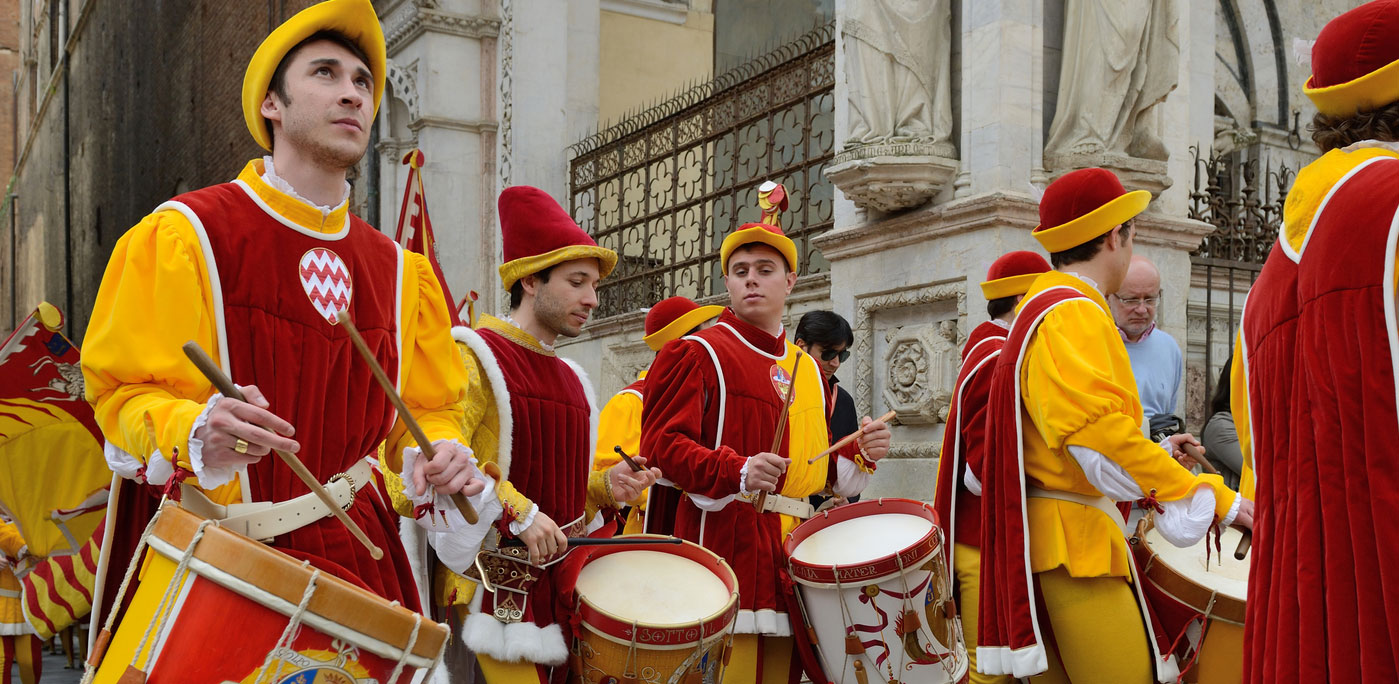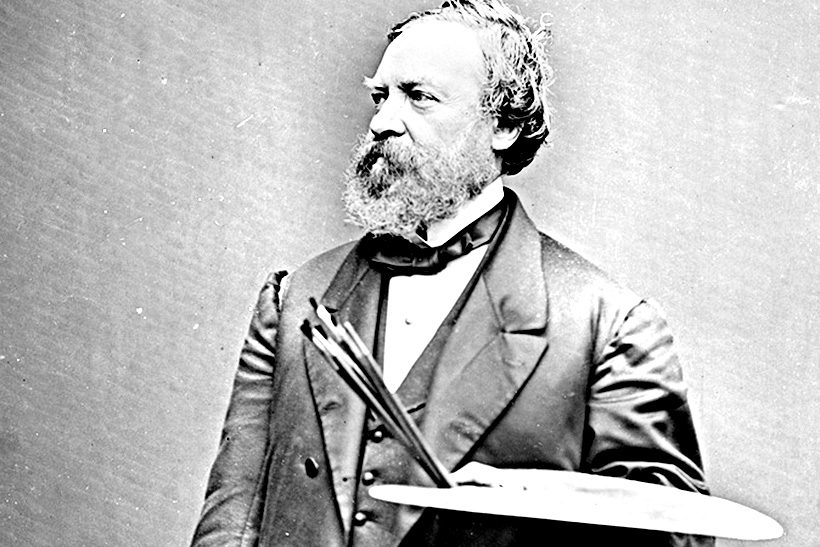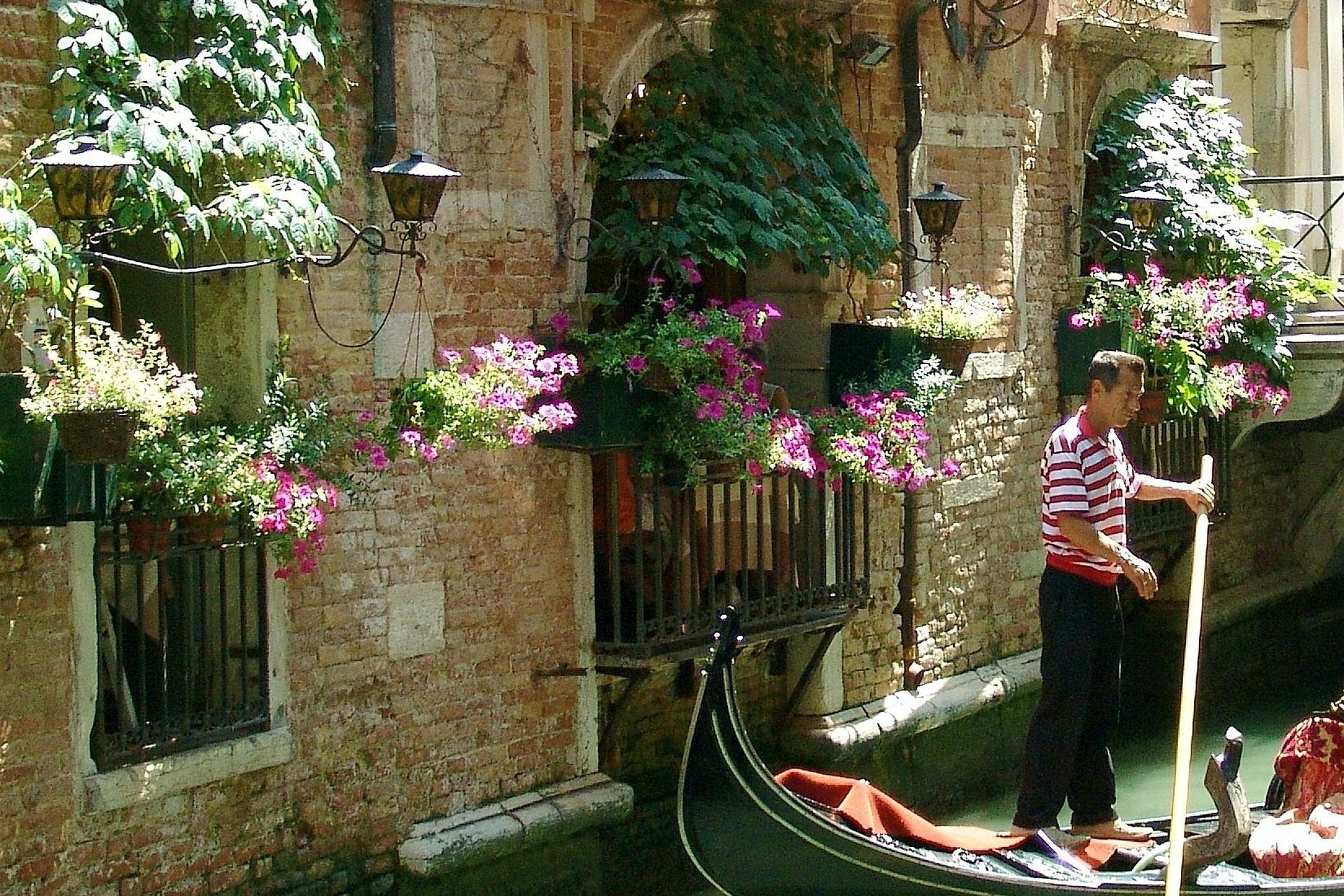For outsiders, the Palio may just be an ancient horse race, but, to the Sienese, it is much more than that: the Palio is life, they say. Hopes, dreams, passions, fears, battles, scheming and community: just as these elements are part of life, they are also a fundamental part of the Palio di Siena. It is a race that lasts only 90 seconds and awards no prize money – just glory and a banner of painted silk. Yet, the Sienese work all year to prepare for it.
Now, a new documentary, “Palio”, takes us behind the scenes to reveal a world where emotions run high, where bribery, rivalry and secret deals are not just the norm, they are endemic to it as jockeys and contrade try to control the fate of the race ; it almost seems like the race is not about being the best horse rider, but rather, the most astute. “For me, this film is a perfect microcosm of Italy,” said Cosima Spender, the Anglo-Italian director who co-wrote and directed “Palio”. “It encapsulates beauty, tradition, history, but also deception, bribery and corruption.”
Winner in the Best Editing category at the Tribeca Film Festival, and recently nominated for Best Documentary at the British Independent Film Awards, “Palio” was just released on VOD in the U.S. and will be shown at select screenings and film festivals across the country (check the website for updated information, http://us.thepalio.com/film). Let’s hear from Spender about how this project came about and why the Palio is so essential to the Sienese.
What inspired you to make a documentary about the Palio di Siena?
It’s a film I’ve always wanted to make because I was born and grew up just outside Siena. My parents were English and even though I’d always seen the Palio and been part of it, I was always a bit of an outsider because I was the English foreign girl. I think because of that I’d always had this desire to really understand it: what it was about, this passion. When you’re at school, the first question anyone asks you is, “what’s your name?”, and the second question I was always asked was, “which contrada [district of Siena] are you from?”. I didn’t have a contrada, so I felt like the odd one out and so going back there to make this film was a chance for me to really understand what I hadn’t understood as a child growing up there.
The film focuses on the jockeys, who seem to arouse very strong and polarizing emotions in the Sienese – it’s either love or hate. Why did you focus on them and can you describe their relationship to the city?
The focus on the jockeys was such a natural choice for me because they are, in a way, the outsiders too. The jockeys are the mercenaries, they are guns for hire so they could go to any contrada they want. From the start, I wanted to focus on the jockeys as it all revolves around them. The relationship between the people of Siena and the jockeys is steeped in extreme emotion. Jockeys are loved when they win and despised when they lose. And they’re fabulous characters, they’re really great out-of-the-box characters, and they can be very truthful and give you an insider view of what’s behind the Palio.

The city of Siena is divided into 17 districts, called contrade, with a horse and jockey representing each one. The relationship of a Sienese to his or her contrada is one of fierce loyalty and unconditional belonging. What are the roots of this affiliation, which is so strong that Sienese think of themselves as belonging to their contrade first, then to Siena and then to Italy?
In medieval times, the city was divided into different districts. Each district had a military battalion and it all goes back to their glory days in 1260 when Siena, this tiny city-state, managed to beat Florence, which was much bigger, in the Battle of Montaperti. So the military battalions have become, in a way, the contrade and they each have their own identity, their own laws, legislations, traditions. You’re born into a contrada, you’re baptized in a contrada, it’s like the fabric of the city and if you’re a teenager and you’re having problems – for instance you’re getting into drugs or something, the contrada will save you. It’s kind of the support system of the city. Each contrada collects blood in a blood bank in case people need blood. So the city of Siena is perhaps the only city that really doesn’t need a state, they could just function by themselves completely.
The first recorded Palio was in the year 1238, but the race is probably even older. For more than 700 years, the Palio has remained a vital component of the culture of Siena. In what ways do we see that today?
Siena is a place where politics and banking were invented – deals were invented there. The first bank in the world started in Siena – they all know about deals and, in a way, our culture really comes from Siena. In some way, we can all feel a connection with this ancient world, it’s like this little tiny medieval fragment that’s still pulsating with life.
What do you hope viewers will get from watching this film?
For me, it’s really important to show the diversity of traditions and cultures, and to draw people in, to give them an insider view to the Palio. So it becomes more than a brutal race around the piazza, and I hope audiences can really understand the context, how much feeling is attached to it, and how people’s identity is attached to it.





























